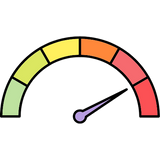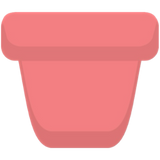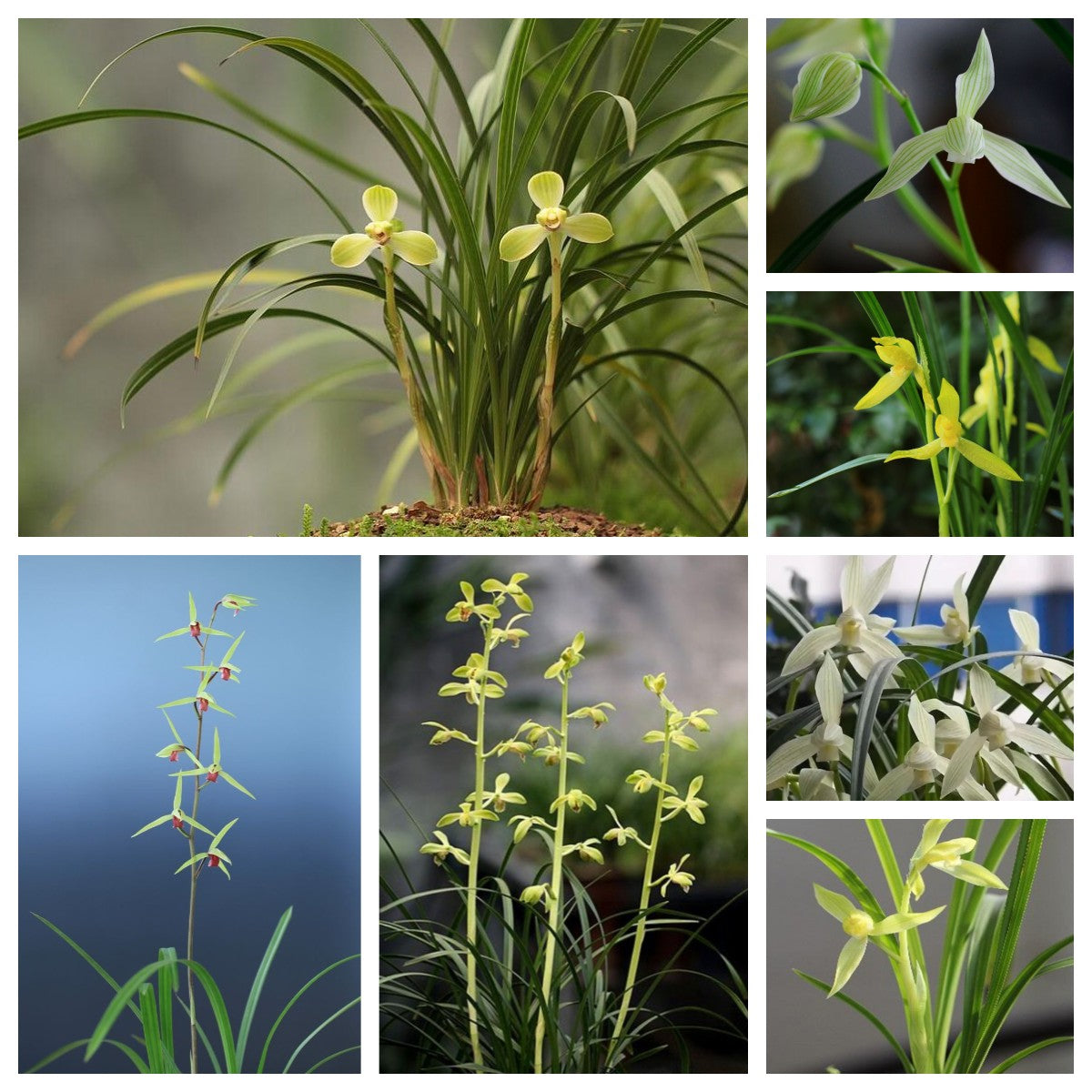Cymbidium Culture Basics

GROWING MEDIA
Cymbidiums like a slightly acidic potting mix that provides good drainage. Many combinations of both organic and mineral materials have been used through the years. Currently, potting mix contains one or more of the following in varying proportions: small bark pieces, coarse peat moss, sand, crushed volcanic rock, pumice, kanuma, charcoal, and some nutrient material. Any potting mix should always be moistened ahead of use. Tall plastic pots of various sizes are now the containers of choice for most growers.

SUNLIGHT
While cymbidiums can be cultured successfully indoors, they benefit tremendously from growing outdoors between May and early October. When growing them outdoors, place the plants where they receives bright but diffused light, such as through a pine tree or shrub. Indoors, the light will be much more filtered, so give them as much light as you can by placing them next to south, east or west-facing windows. Be careful not to expose these orchids to prolonged direct sunlight, as the leaves will burn and the black spots will appear.

TEMPERATURE
Growing temperature is the most critical factor for getting cymbidiums to bloom. During the middle of summer, cymbidiums should be grown under 80% to 95% shade, with temperatures ranging from 75°F to 85°F. Higher temperatures are acceptable if increased air movement is provided. Night temperatures in late summer and early fall (August to October) must be 50°F to 60°F to initiate flower spikes. Optimum temperatures in winter are 45°F to 55°F at night and 65°F to 75°F during the day. Most cymbidiums can withstand light frost and survive, but such environments are not recommended.

WATERING
The plant roots should be moist ( not wet ) all the time. Depending on the mix that you're using, watering could be anywhere from every three days to once a week or even twice a week. During the warmer months when actively growing, cymbidiums should be watered frequently and heavily. One of the reasons for heavy watering in most areas is the need to leach out salts which accumulate from the use of tap water. From fall through winter, less sun results in growth pausing. During this period of time, watering can be reduced. The goal during the winter is to water the root system only when necessary, without over-watering which can lead to root rot. When watering, let the water run through longer enough to thoroughly wet the potting mix. Be sure to let the plant drain completely.

HUMIDITY
In winter, try to keep humidity at 50% to 60%, especially if plants are in bud. Higher humidity is recommended during the summer. Give your plants room for air to circulate around them. The crowding of plants can lead to problems with insect infestations and fungus.

NUTRITION
With a free-draining growing medium, nutrients are easily washed out of the mix. The goal of any feeding program is to maintain an even level of soluble nutrients in the soil all of the time. A nutrient mix should be water soluble and balanced with nitrogen, phosphorus and potassium in varying amounts and contain small amounts of the trace elements that plants require (copper, zinc, manganese, boron, etc.). An application once or twice per month with watering at the half strength is usually adequate. Some growers have used commercial pelleted slow-release fertilizers with good results.
With good culture, cymbidiums are relatively pest-free. However, they are subject to infestations of several types of scales, spider mites (on the underside of the leaves), and aphids(on flower stalks, buds and flowers). Slugs and snails, while not a problem with the foliage, feed on the tender, new flower spikes , buds, and flowers. Check your plants regularly. Use reliable insecticides and miticides and follow directions carefully.

REPOTTING
It is generally true that plants produce more flowers proportionately with the size but at some point it is necessary to divide the plant into several divisions and repot, usually when (1) the pot and plant are too big to be handled or housed properly; (2) there are too many “back bulbs” taking up the space; and/or (3) the potting mix has been exhausted and the plant may be living on its old, decaying roots. Dividing and repotting should always follow flowering but not until the new shoots are about 5-6 inches long. When dividing, an attempt should be made to create divisions of 2-3 green bulbs with one “back bulb” left for water and food storage. It is common practice to wash off the division with a brisk stream of water thus allowing a better view of the overall health of the root system. Dead or withered roots should be removed. Again, potting mix should be moist at the time of use. Also, since there are many cuts on the root tips, it is good practice to allow the divisions to air dry for a period of time to let the root tissue to heal over (not in the sun). Choose a container that best fits each division and be careful not to overpot. Some growers do not water the potted divisions immediately to allow healing to take place at the root level; others water immediately until drainage water comes out clear from the container. In either case, freshly potted divisions are placed in a cool, shady, and protected area for about two weeks with occasional misting. They are then returned to a regular growing area with normal light and watering.
References:
https://www.aos.org
https://www.cymbidium.org

